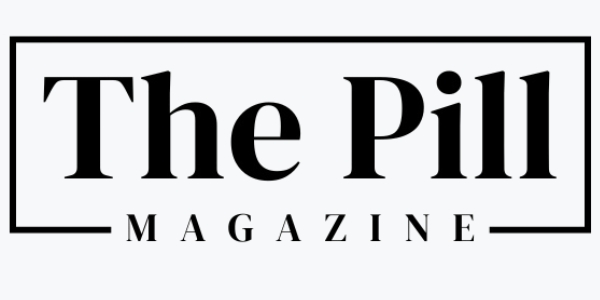Delivering consistent, high-quality clinical documentation across multiple outpatient locations requires a deliberate and strategic approach. Establishing a Center of Excellence (CoE) for outpatient CDI offers a proven framework for standardizing documentation through unified outpatient CDI protocols. This not only raises the bar for documentation quality but also strengthens risk adjustment accuracy and compliance throughout the health system.
Why a Center of Excellence Matters
Outpatient settings that operate independently often face significant variability in documentation practices, training, and technology adoption. Such inconsistencies can lead to missed diagnoses, inaccurate coding, and ultimately, revenue loss or heightened audit risk. Creating a centralized outpatient CDI CoE addresses these challenges by providing standardized workflows, consistent training, and quality oversight across all sites.
A unified strategy enables dispersed teams to work toward common goals, reducing variability and enhancing accountability. This collaborative environment elevates clinical documentation, improving both patient care and financial outcomes.
Key Steps to Building an Effective Outpatient CDI CoE
- Develop Clear, Standardized Protocols
Crafting consistent documentation and query guidelines tailored to outpatient specialties ensures all teams operate under the same expectations. These protocols should be practical, clinically sound, and adaptable enough to respect specialty-specific details while maintaining overall consistency. - Centralize Training and Education
The CoE functions as the nucleus for continuous education, offering targeted training for clinicians, CDI specialists, and coders. Regular sessions keep teams aligned with evolving documentation standards and risk adjustment requirements. - Utilize Technology to Enhance Collaboration
Shared dashboards and communication platforms give leadership and frontline teams real-time insights into documentation quality and query status across locations. Technology supports prompt issue resolution and fosters knowledge sharing among geographically dispersed teams. - Commit to Continuous Quality Improvement
Ongoing audits, peer reviews, and performance tracking allow the CoE to identify documentation trends and gaps. This feedback loop drives refinement of protocols and celebrates successes, reinforcing a culture of excellence. - Cultivate a Culture of Teamwork and Ownership
Building trust between clinical staff and CDI teams is essential. The CoE should encourage open communication, recognize contributions, and align all participants around the shared goal of accurate, complete documentation and superior patient care.
Benefits of a Multisite CDI Center of Excellence
Aligning outpatient CDI efforts across multiple sites leads to measurable improvements: higher query resolution rates, fewer denials, more accurate risk scores, and enhanced readiness for audits. Clinicians gain clearer documentation guidance, while CDI teams operate more efficiently with streamlined processes.
This approach also yields cost savings by eliminating duplicated efforts and enabling smarter allocation of resources. Moreover, it facilitates scaling as new outpatient locations can quickly adopt proven standards and workflows.
Conclusion
Building a Center of Excellence by standardizing documentation through unified outpatient CDI protocols lays the groundwork for reliable, high-quality documentation across all outpatient sites. This consistency protects revenue streams, improves patient care, and ensures risk adjustment coding reflects true clinical complexity. With strong leadership, clear protocols, and a culture of collaboration, healthcare organizations can scale outpatient CDI excellence and transform documentation into a strategic advantage for long-term success.






